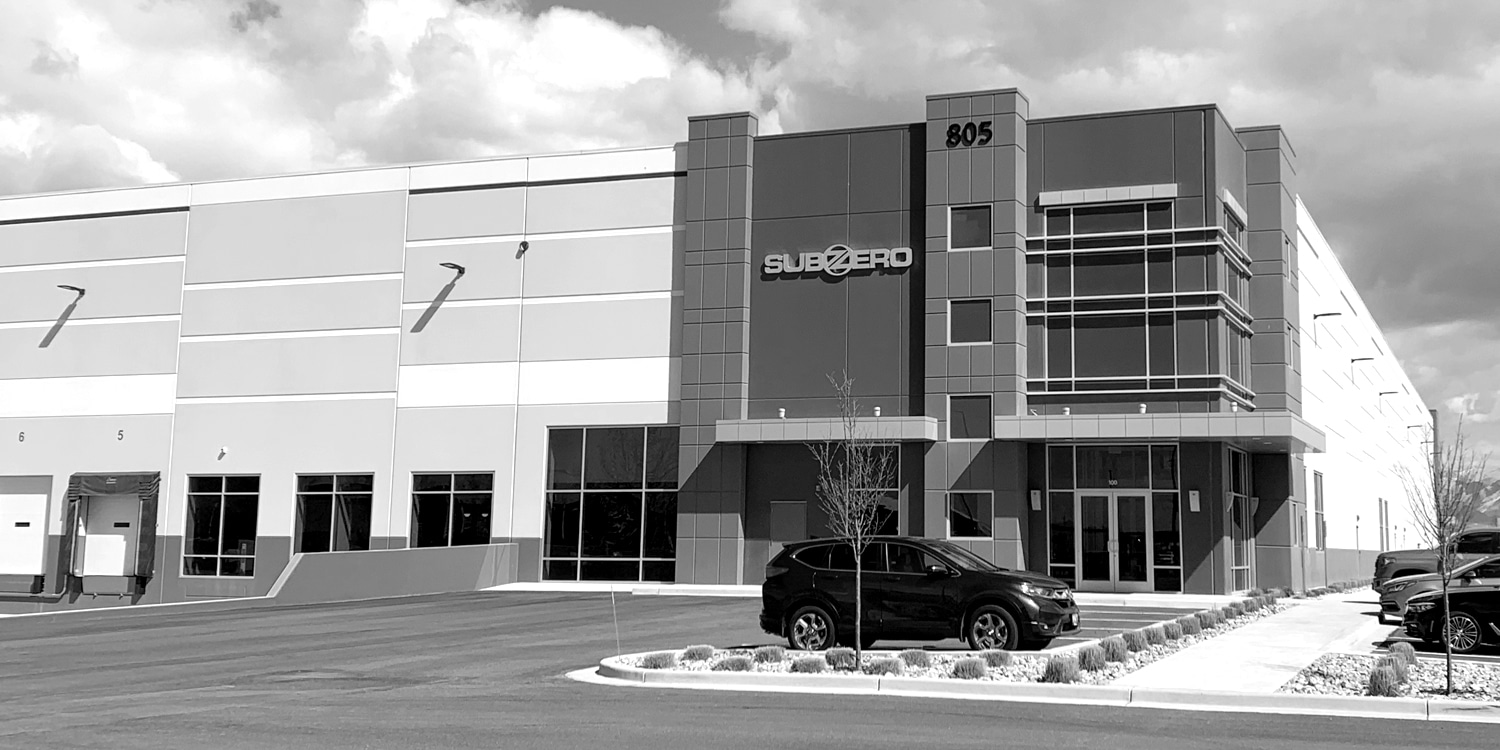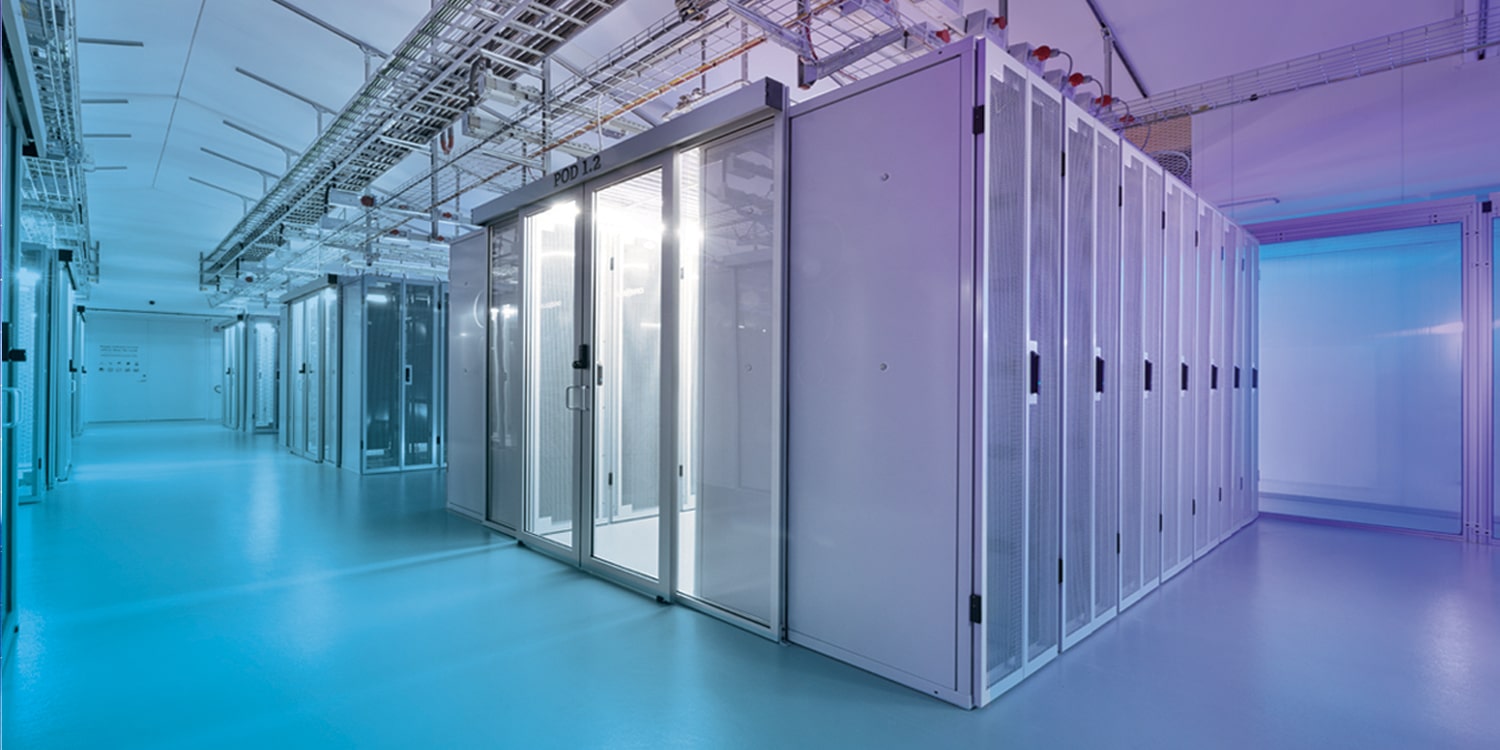Product: Polar Express
The Relationship Between Containment and DCiM
The separation of supply and return airflow is a well-known way to create huge efficiencies in cooling IT equipment. Subzero’s average containment project drops the IT intake temperature around 10 degrees. Left alone, the containment POD will deliver a consistent, predictable, and reliable supply temperature with little to no difference from the bottom to the top of the rack, and from one end to the other end of the aisle.
That said, most data center managers are not content with only a sustainable IT intake temperature. Most want the added benefit of the huge energy savings that come from adjusting the temperature and humidity set points. As these set points are moved to levels more in line with the ASHRAE standard another important issue needs to be considered – the ability to monitor and regulate supply airflow as thermal loads change.
Thus the correlation between containment technology and an environmental monitoring system as a function of DCiM.
How Cloud and Virtualization Affect Containment Cooling
The impact of virtualization on the average supply temperature is an important consideration. Virtualization increases the processor and memory resources usage. In layman’s terms, more energy is consumed and thus more thermal load. This means that some rack row configurations can have a significant increase in density while others will be reduced.
The good news is that containment changes the way supply-cooling air is used. Instead of relying on the perforated tile in front of the rack, a contained cold aisle turns the supply air into a large pool of air that each server can draw from at any given time and volume. What is needed is a oversupply of air to ensure plenty of cooling capacity.
Now lets tie it together: containment creates consistent and reliable supply airflow to the known thermal load given that a positive pressure is maintained. Changes in set points can be made to lower cooling costs. The question remains… What happens when the thermal load gradually increases due to changes in equipment or virtualization?
The Answer is PolarXpress™!
PolarXpress is a wireless environmental monitoring system that focuses only on the IT intake. A low cost, easy to deploy system that with it’s superior graphic interface makes it easy to read and understand.
PolarXpress is one third the cost of comparable monitoring programs that require integration into more expensive systems.
Monitor your containment from anywhere! Keep up with environmental changes brought on by new equipment or virtualization.

Intelligent Containment Environment – ICE
Another Subzero innovation is the ICE Door. This intelligent door system can contain the PolarXpress environmental system. In this way both IT and Facilities personnel can access key environmental data and ensure the optimal operating environment.
The ICE Door can also be used by a myriad of applications such as security, inventory control, messaging, calendar, etc…

Containment Monitoring Requires Fewer Sensors
One way to drive down the cost of an environmental monitoring system is by using it in connection with a containment system. Note that one third of the sensors are required.







